Coffee isn’t just a drink—it’s a way of life that shapes entire cultures around the world. From the bustling espresso bars of Rome to the high-altitude farms of the Andes, each region has developed its unique relationship with those magical brown beans. These traditions tell stories of history, community, and the simple pleasure of a perfectly brewed cup.
Here is a list of 17 coffee cultures that have mastered the art of turning caffeine into community, each offering their distinct flavor of hospitality and heritage.
Italy

Italy practically wrote the book on espresso culture. Walking into any Italian café feels like stepping into a sacred ritual, though don’t expect to linger. Locals stand at the bar, knock back their espresso in two quick sips—then they’re out the door.
The golden rule? Never order a cappuccino after 11 AM, unless you want to identify yourself as a tourist faster than wearing socks with sandals.
France

French café culture transforms coffee drinking into an art form of people-watching and philosophical discussions. Parisians can nurse a single café au lait for hours while observing life unfold on the sidewalks outside.
The café serves as a second living room, where locals conduct business meetings, romantic dates, and heated political debates over tiny cups of strong coffee.
Like Travel Pug’s content? Follow us on MSN.
Colombia
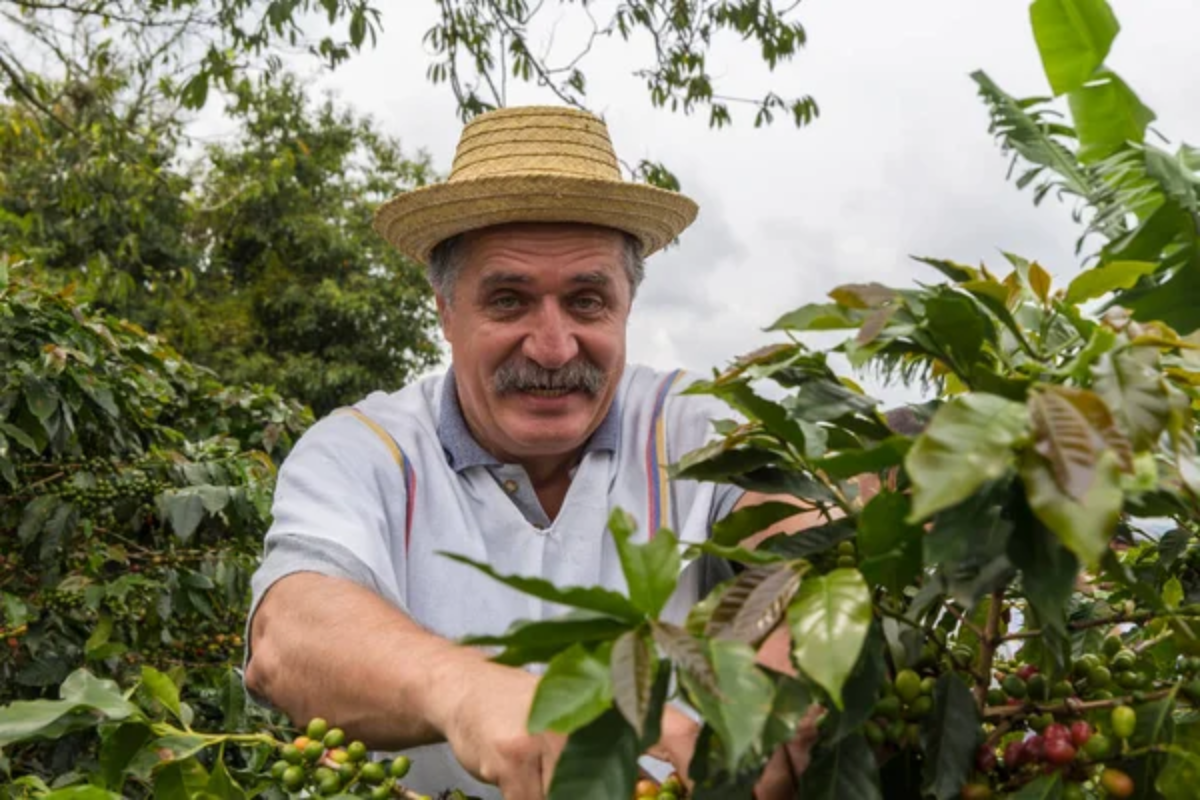
Colombian coffee culture centers around family-owned farms nestled in the mountainous regions. Elevation and climate create ideal growing conditions, yet it’s the people who make the difference.
The country’s National Federation of Coffee Growers has created such strong quality standards that ‘Colombian coffee’ became synonymous with premium beans worldwide. Local farmers often roast their harvest, serving it to visitors in small cups alongside warm conversation about their land.
Greece
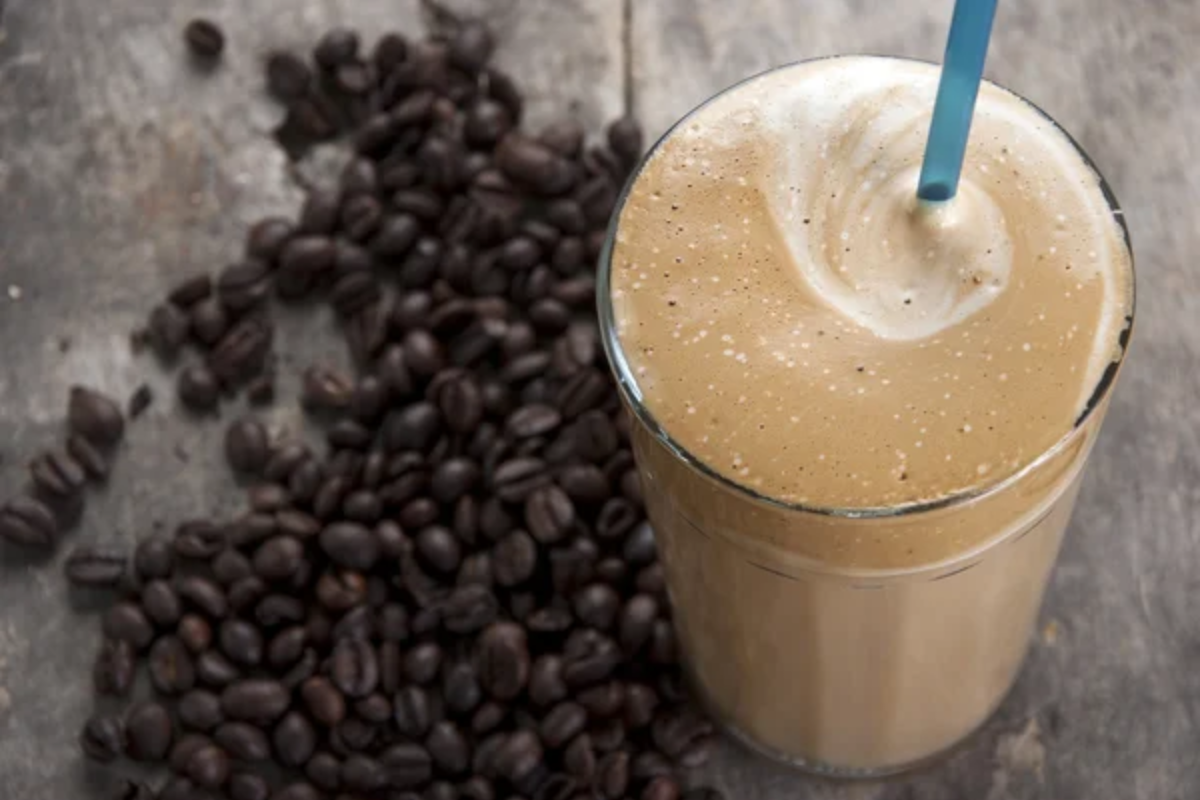
Greece revolutionized iced coffee with the accidental invention of frappé in 1957. A representative at a trade fair couldn’t find hot water for his instant coffee at a trade fair, so he improvised.
Greeks now consume more coffee per capita than almost any other nation, often spending entire afternoons at seaside cafés sipping their frothy, cold creation. The drink became so popular that it spread throughout the Balkans and beyond, proving that sometimes the best discoveries happen by mistake.
Brazil
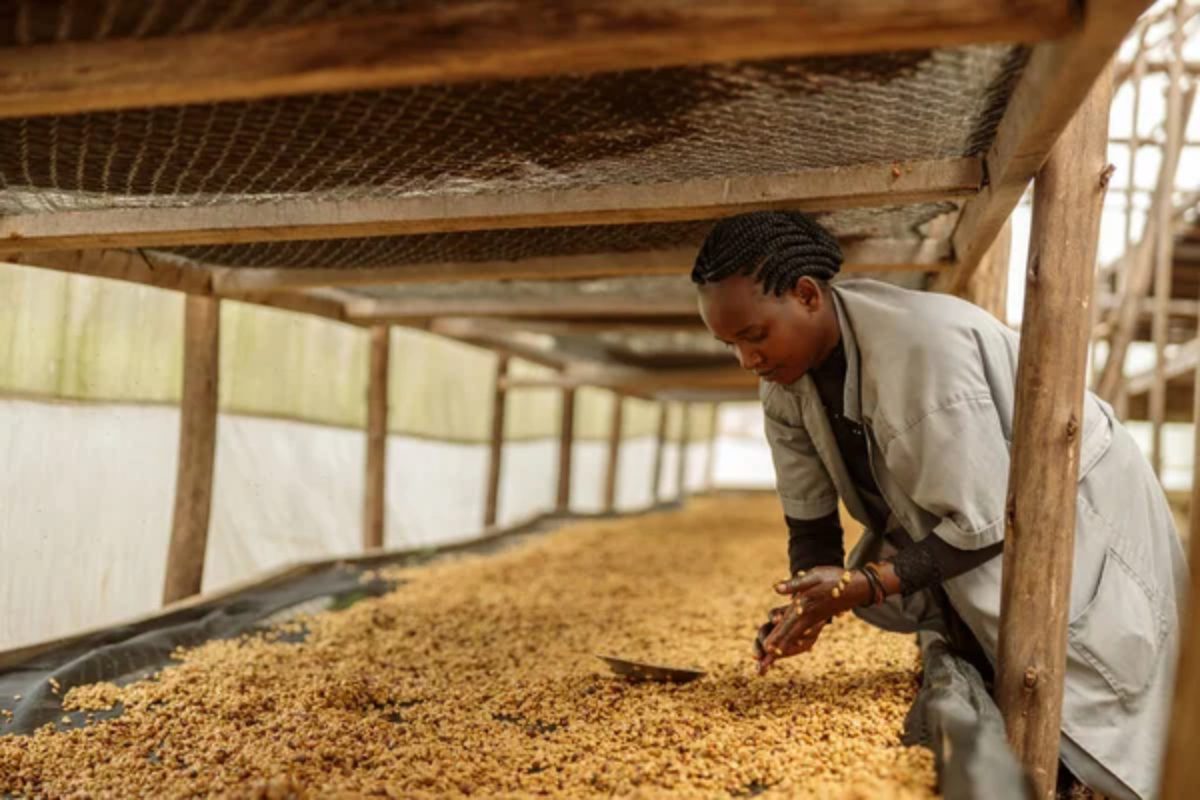
Brazil produces about one-third of all coffee consumed globally. Their domestic coffee culture centers on strong, sweet preparations served in small cups throughout the day.
Brazilians call their coffee ‘cafezinho’—which literally means ‘little coffee’—and it’s typically offered to guests as a gesture of hospitality. The country’s massive plantations stretch across thousands of acres, creating landscapes that look like green waves rolling across the hills.
Like Travel Pug’s content? Follow us on MSN.
Australia
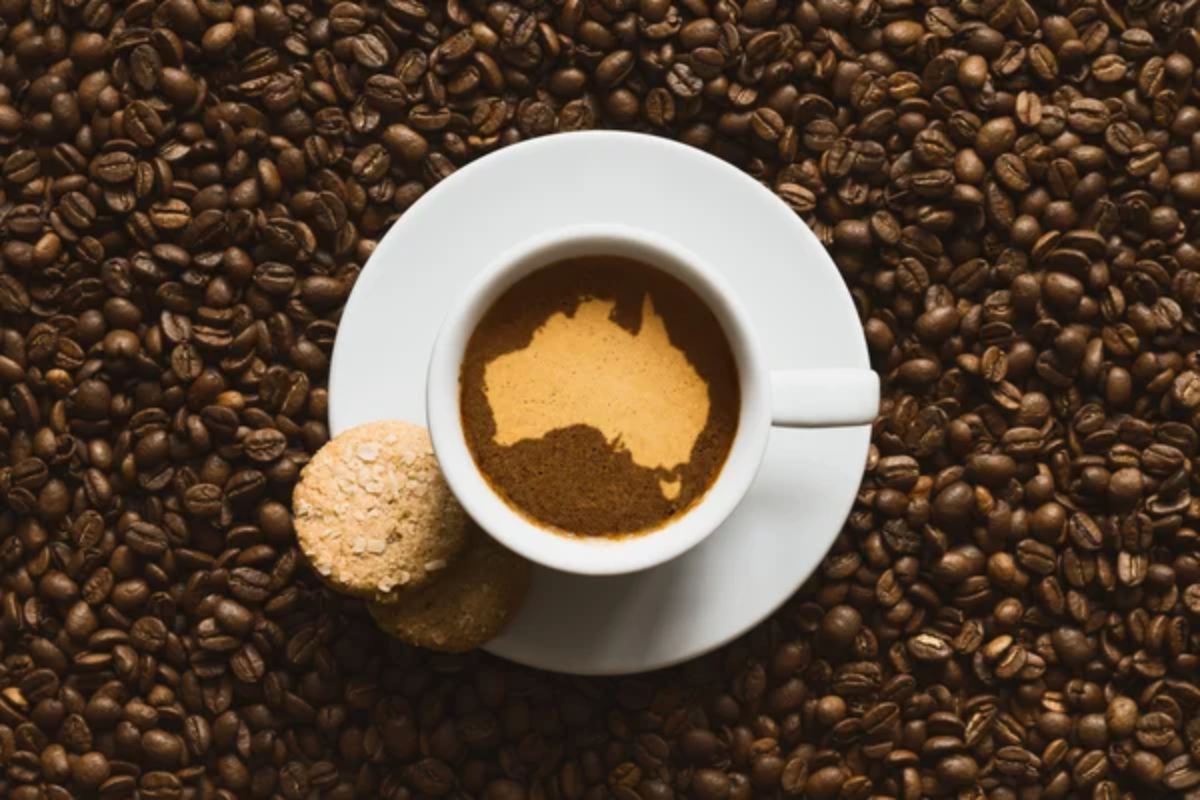
Australia transformed coffee culture by perfecting the flat white. Melbourne particularly stands out with its laneway coffee shops hidden in narrow alleys, where baristas treat coffee preparation like scientific experiments.
The Australian approach emphasizes quality milk preparation and precise extraction techniques that have influenced coffee shops worldwide, while maintaining a laid-back atmosphere that’s distinctly Australian.
Vietnam
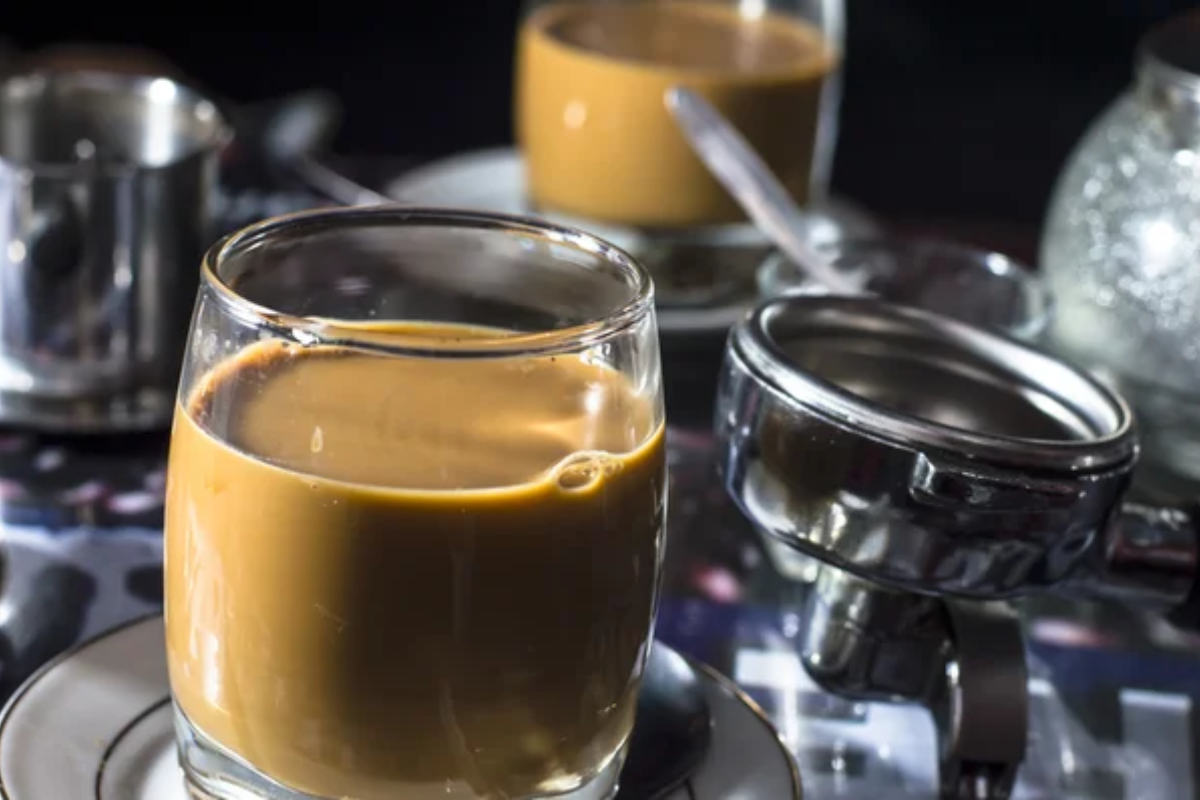
Vietnamese coffee culture centers on a distinctive brewing method that utilizes a metal drip filter known as a phin. It slowly extracts coffee directly into your cup over sweetened condensed milk, creating an intensely strong, sweet drink that can be served hot or poured over ice.
Street vendors throughout Vietnam serve this creation on tiny plastic stools that force you to slow down and savor both the drink and the bustling street life around you.
Japan
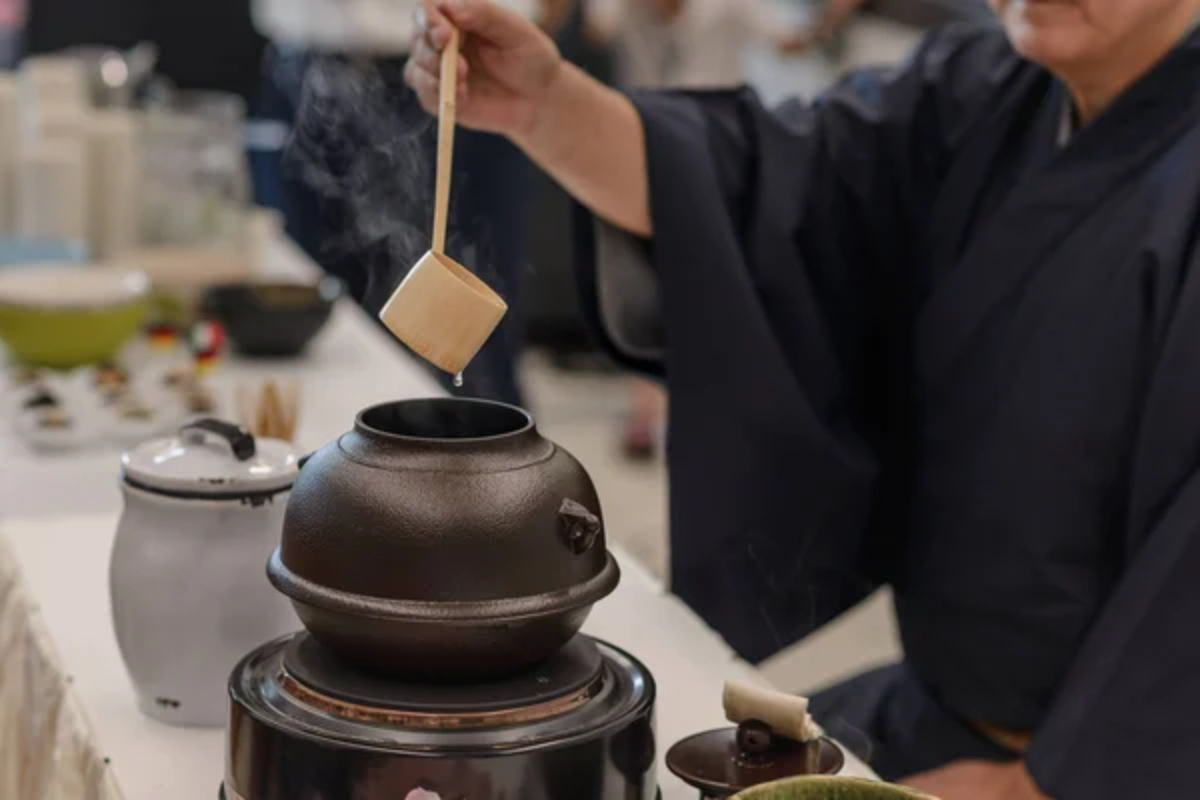
Japanese coffee culture approaches brewing with the same precision and attention to detail found in their tea ceremonies. The pour-over method, known as ‘hand drip,’ involves carefully controlling water temperature, pouring technique, and timing to extract the perfect cup.
Japanese coffee shops often feel like quiet temples where the brewing process becomes a meditative ritual performed by skilled craftspeople.
Like Travel Pug’s content? Follow us on MSN.
Sweden
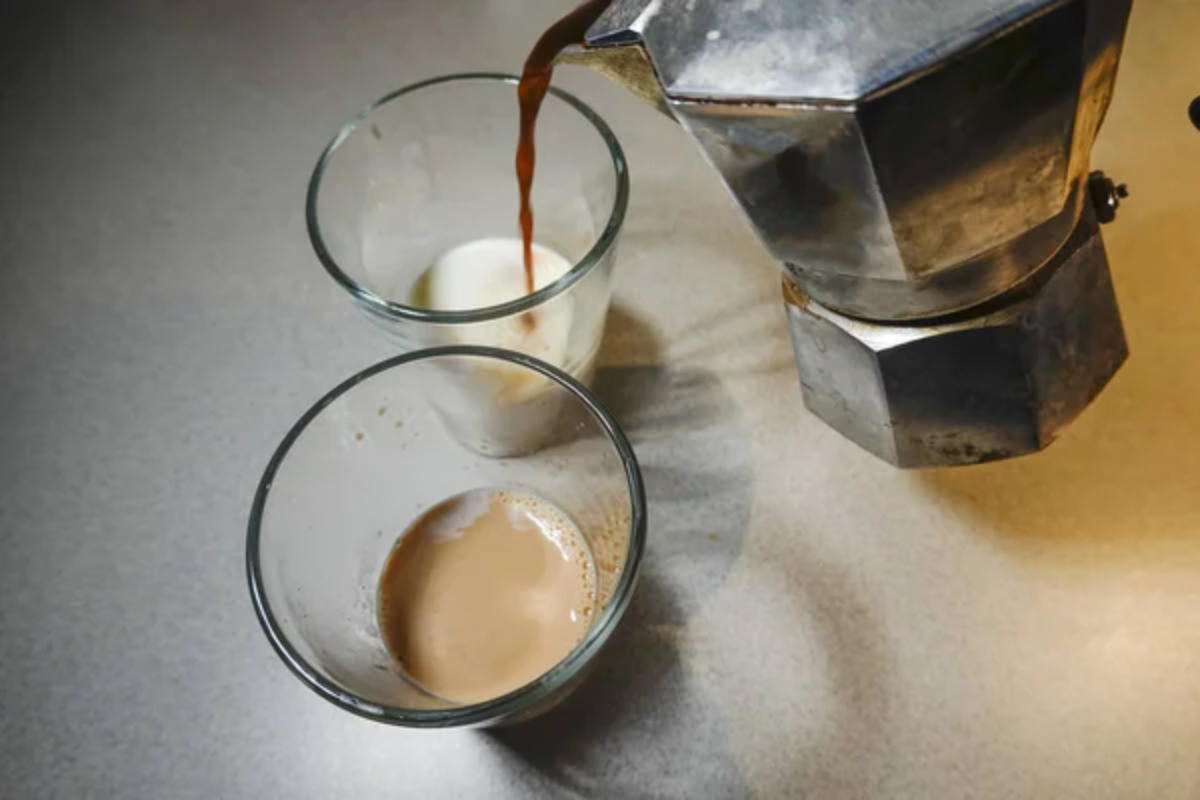
Sweden’s ‘fika’ tradition elevates coffee breaks into sacred social institutions that happen twice daily in most workplaces. This isn’t just about drinking coffee, though—it’s a mandatory pause in the day when colleagues gather to share pastries and conversation.
The concept is so ingrained in Swedish culture that many companies actually schedule fika time into their daily operations.
Cuba
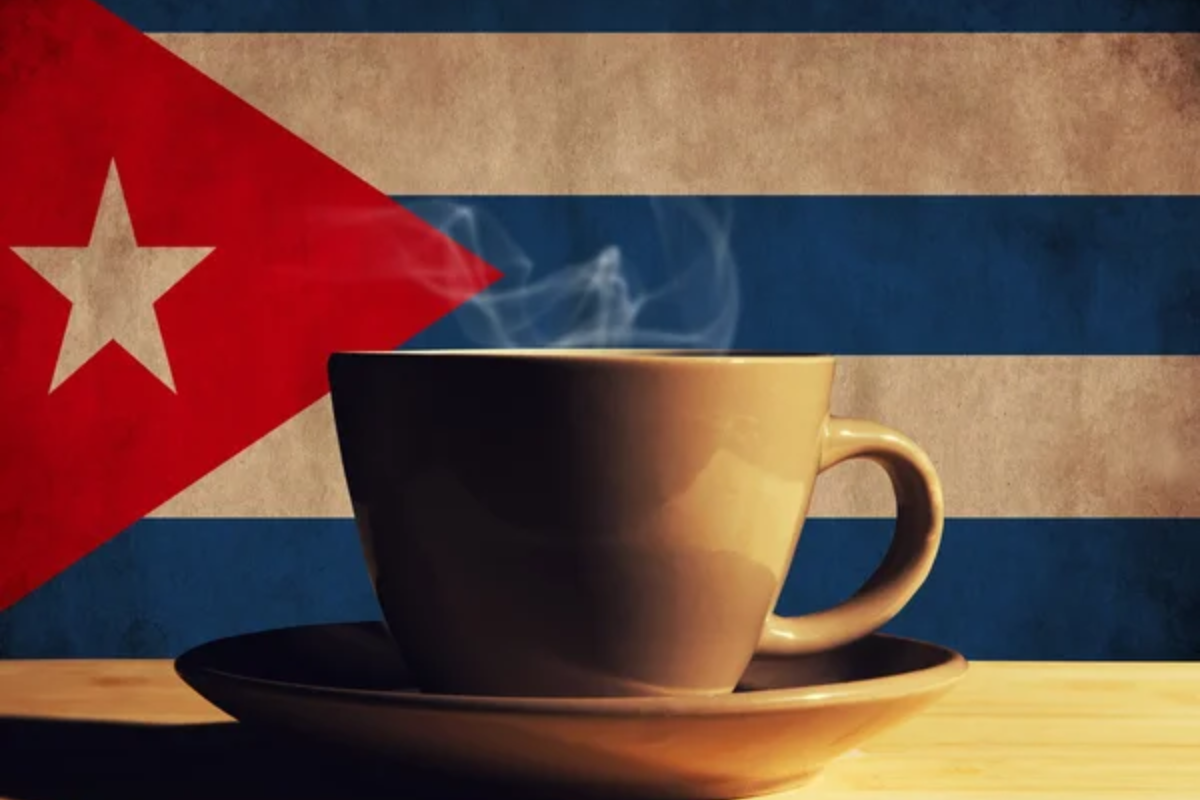
Cuban café culture centers around the potent ‘café Cubano,’ a shot of espresso mixed with demerara sugar during the brewing process, which creates a sweet, syrupy consistency. This drink fuels animated conversations on street corners and in family kitchens throughout the island.
The preparation involves whipping the first drops of coffee with sugar until a light brown foam forms, which is then mixed with the remaining espresso.
Jamaica
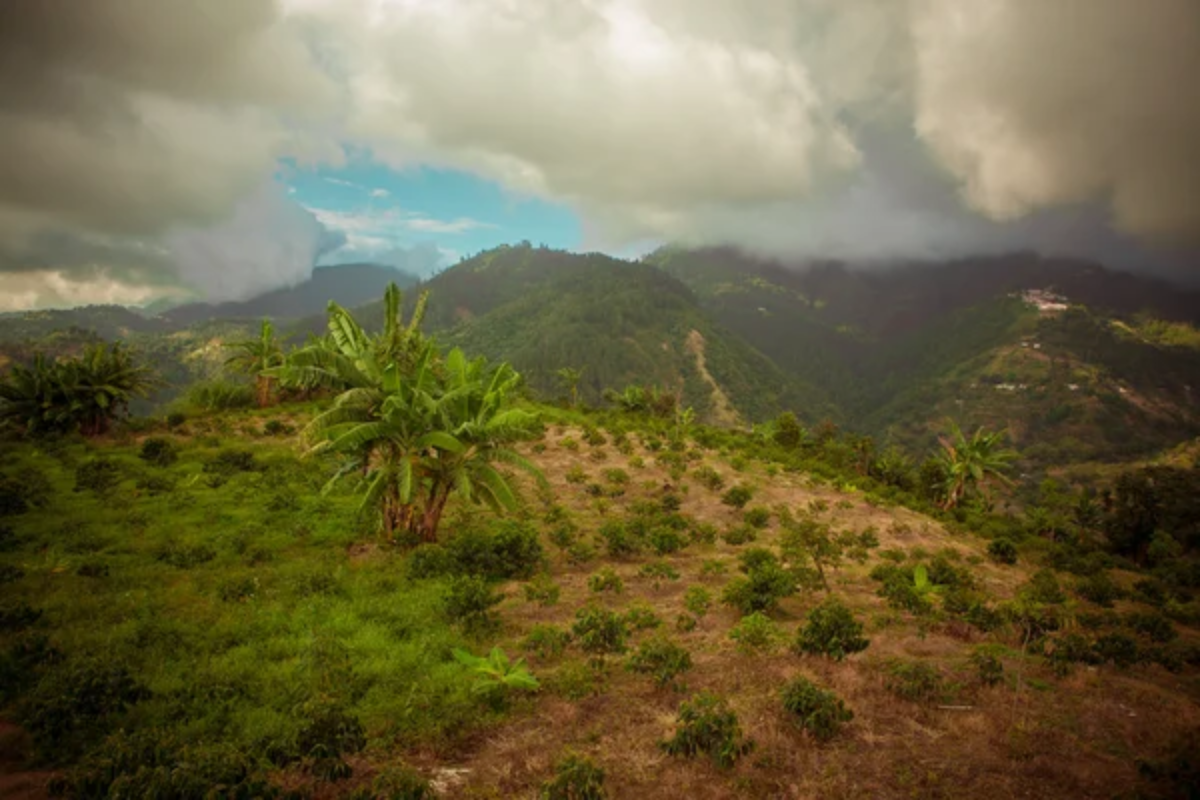
Jamaica’s Blue Mountain region produces some of the world’s most expensive coffee, grown at elevations up to 7,500 feet in misty conditions that slow the bean development process. The limited growing area—only about 6,000 acres—combined with meticulous hand-picking and processing, creates a coffee so prized that most of it gets exported to Japan.
Local Jamaicans often blend this premium coffee with chicory or other beans to make it more affordable for daily consumption.
Like Travel Pug’s content? Follow us on MSN.
Yemen
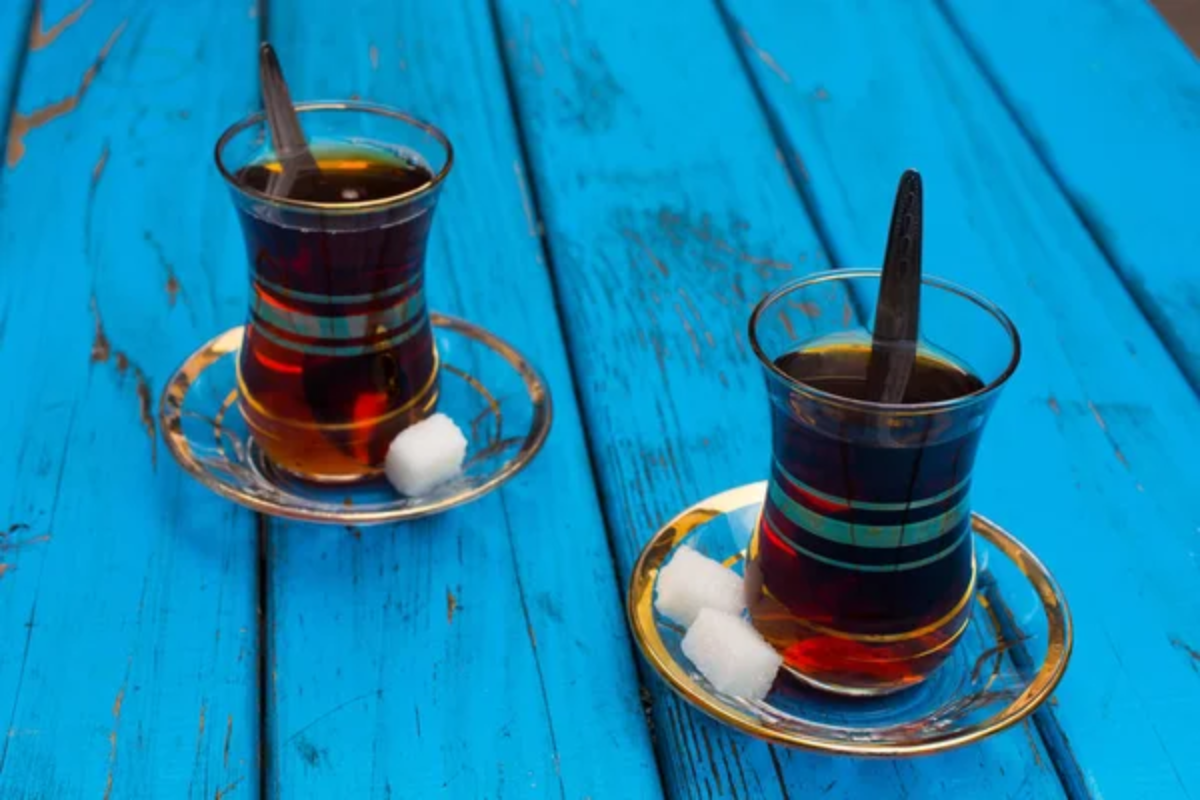
Yemen claims to have the oldest coffee-drinking culture in the world, with traditions dating back over 500 years to Sufi monasteries where monks used coffee to stay alert during nighttime prayers. The country still grows coffee using ancient methods on terraced mountain slopes, creating beans with distinctive, wine-like flavors.
Yemeni coffee preparation often involves adding cardamom and other spices, creating complex flavor profiles that reflect the region’s position as a historic spice trading hub.
Mexico
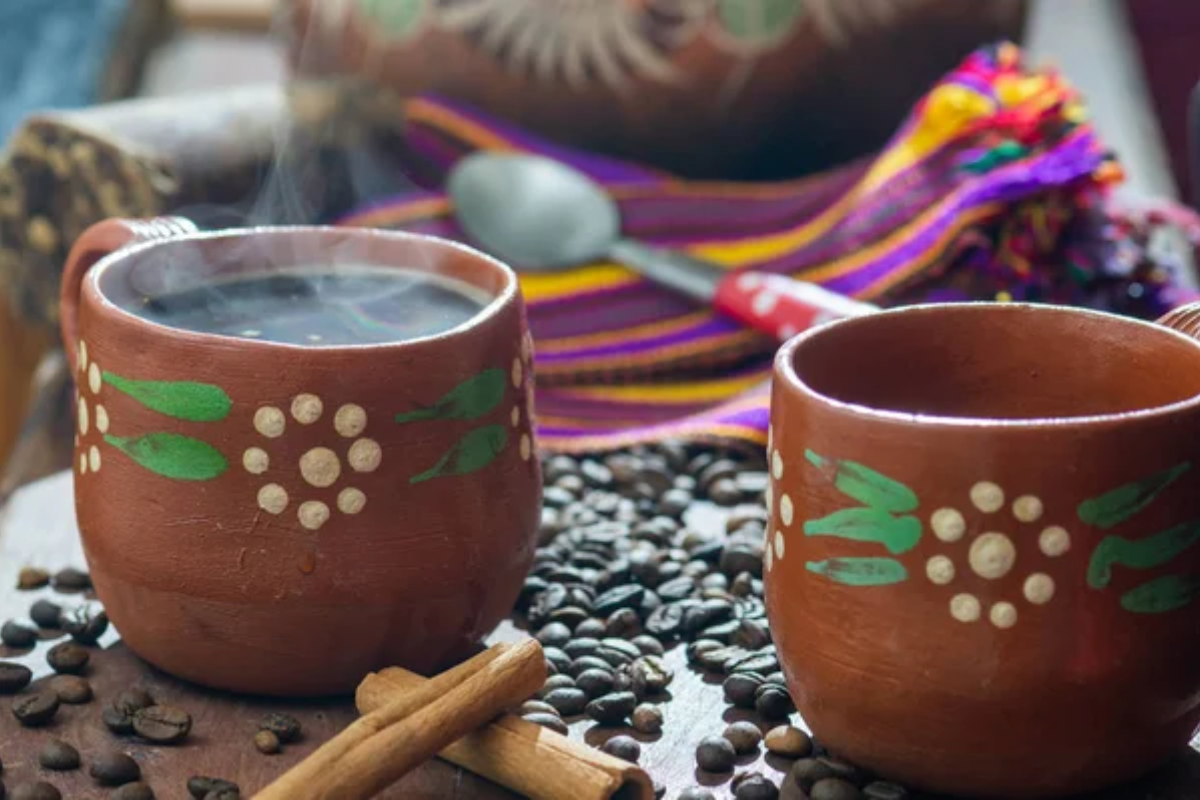
Mexican coffee culture blends indigenous traditions with Spanish colonial influences, particularly in regions like Chiapas, where small-scale farmers grow coffee among shade trees. The traditional ‘café de olla’ involves brewing coffee in clay pots with cinnamon and brown sugar, creating a warming drink perfect for cool mountain mornings.
Many Mexican families maintain their small coffee plots, treating cultivation as both livelihood and cultural heritage.
Indonesia
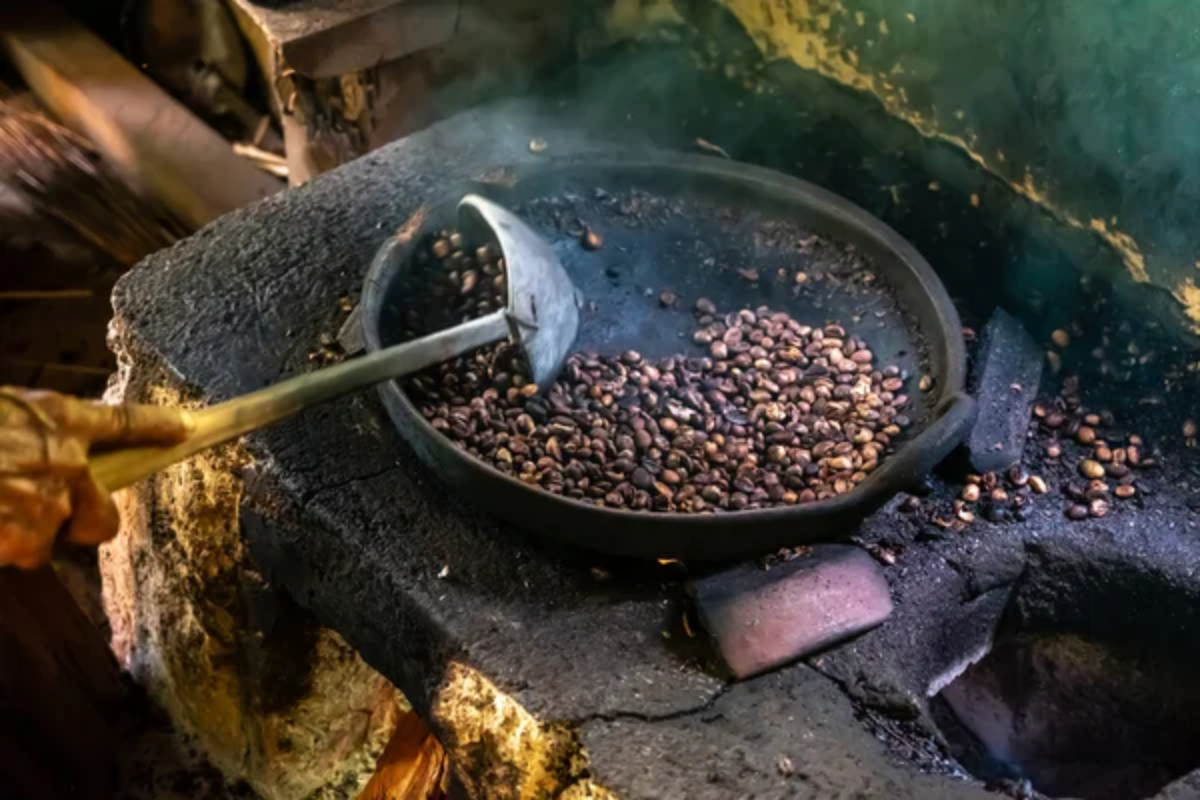
Indonesian coffee culture gave the world ‘kopi,’ a preparation method that involves brewing very finely ground coffee directly in the cup, similar to Turkish coffee but with local variations. The archipelago produces unique beans, such as Kopi Luwak, which gains its distinctive flavor through an unusual processing method involving Asian palm civets.
Indonesian coffee shops, called ‘warung kopi,’ serve as community gathering places where locals discuss everything from business to politics over strong, sweet coffee.
Like Travel Pug’s content? Follow us on MSN.
Portugal
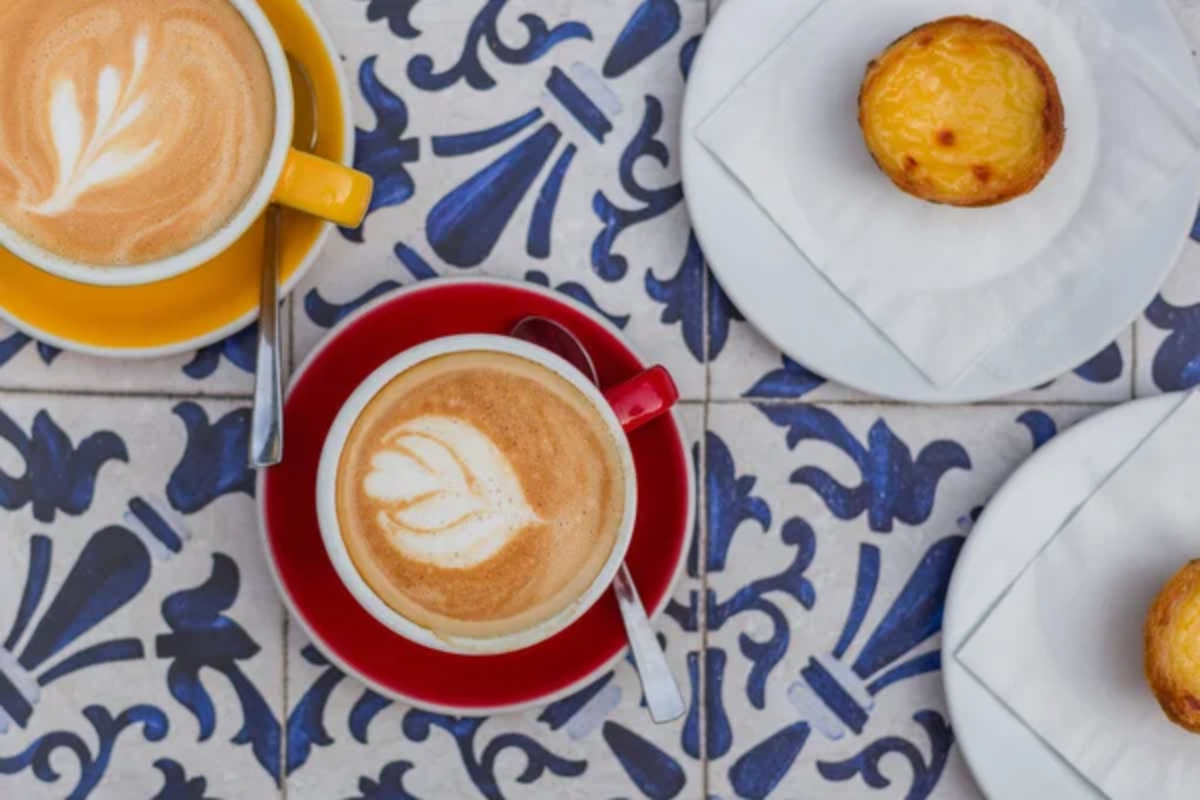
Portuguese coffee culture revolves around the ‘bica,’ a short espresso served in small cups that locals consume while standing at marble counters in neighborhood cafés. These establishments open early and stay busy throughout the day as regulars stop by for their caffeine fix and brief social interactions.
The Portuguese approach emphasizes speed and efficiency—most customers finish their coffee within minutes and continue with their day.
Hawaii
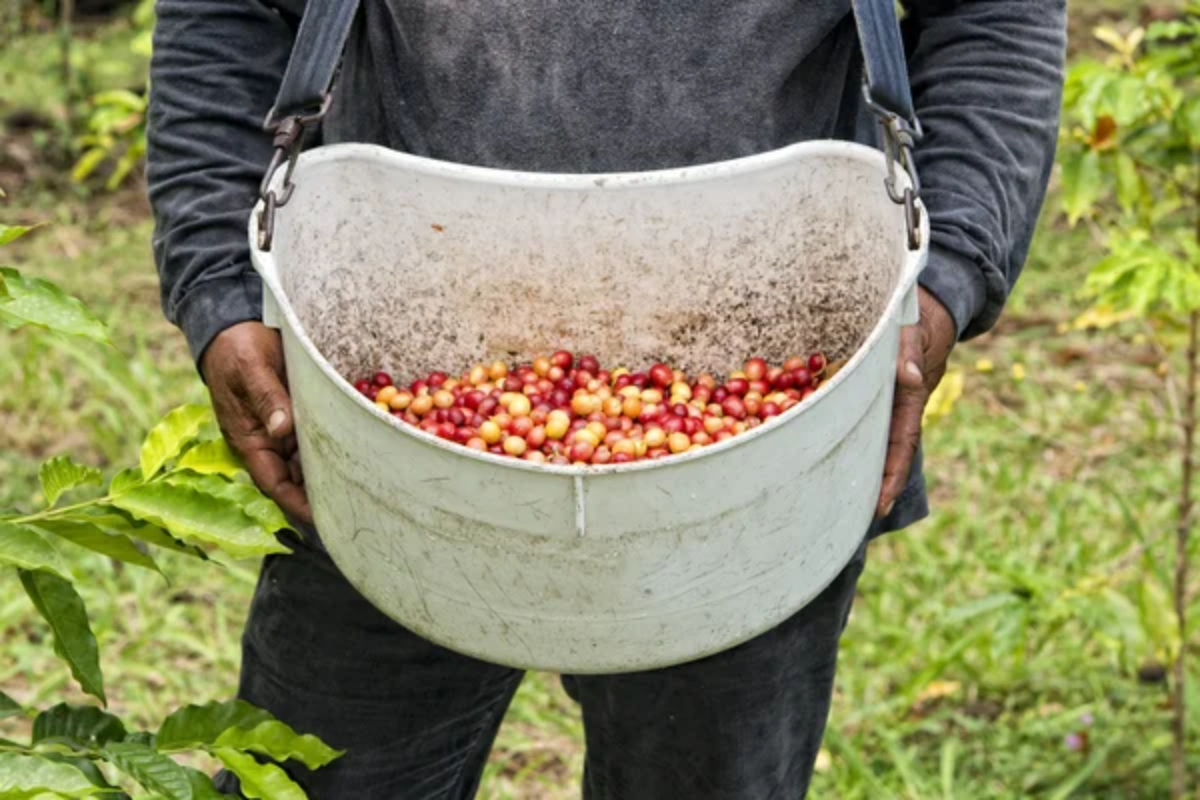
Hawaii remains the only U.S. state that commercially grows coffee, with Kona beans cultivated on the volcanic slopes of the Big Island. The unique combination of volcanic soil, elevation, and climate creates beans with smooth, low-acid characteristics that coffee enthusiasts prize worldwide.
Local Hawaiian coffee culture blends Polynesian hospitality with American convenience, often serving coffee alongside traditional foods like malasadas and plate lunches.
New Zealand
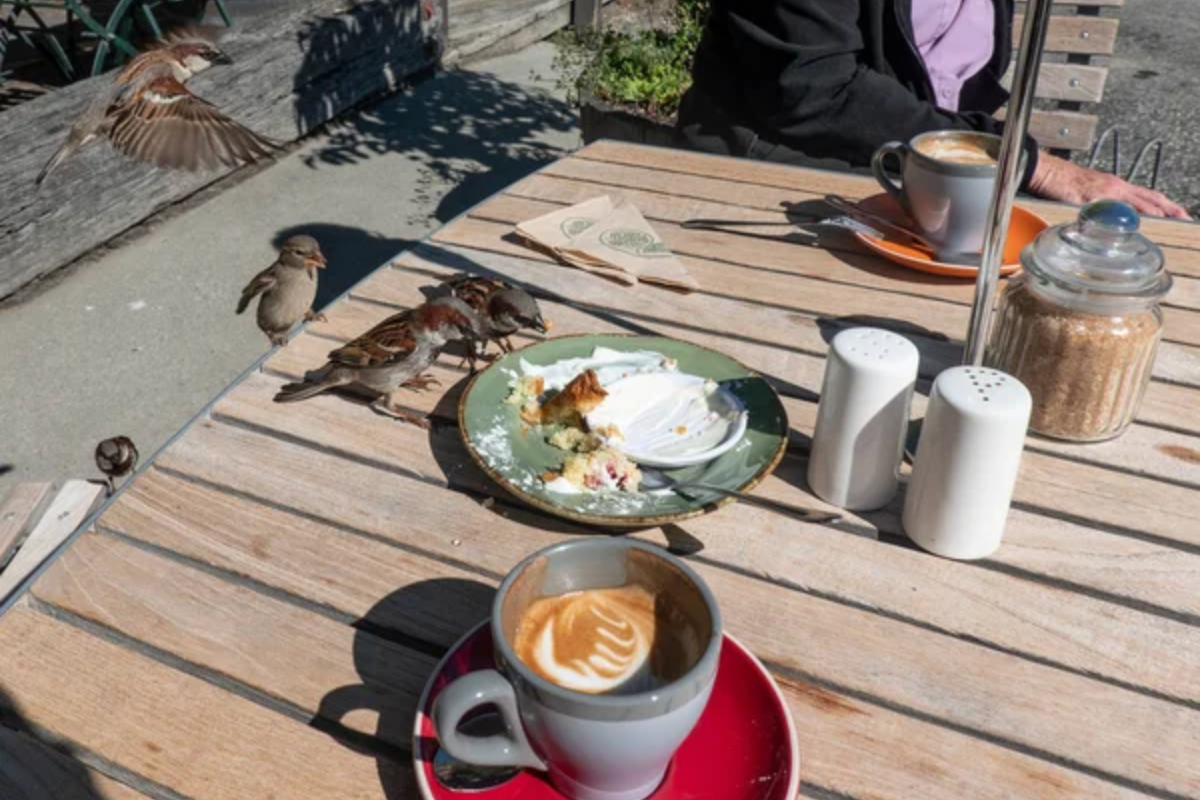
New Zealand’s coffee culture emphasizes innovation and quality, with the country credited for popularizing the flat white internationally before it spread to other coffee-loving nations. Kiwi baristas treat coffee preparation as both art and science, experimenting with different roasting techniques and brewing methods.
The café scene particularly thrives in cities like Wellington and Auckland, where locals gather for extended coffee sessions that can stretch from morning into afternoon.
Like Travel Pug’s content? Follow us on MSN.
From Bean to Global Community

These diverse coffee cultures prove that a simple bean can create connections across continents and centuries. Each tradition reflects local values—from Italy’s emphasis on efficiency to Sweden’s focus on community building through shared breaks.
What began in the ancient Ethiopian highlands has evolved into numerous regional expressions that continue to shape how people gather, work, and find comfort in their daily routines. Coffee doesn’t just wake us up; it brings us together.
More from Travel Pug

- 20 Best Beach Towns in the Carolinas
- 13 Destinations Where Tourists Regularly Regret Their Trip
- 20 Destinations That Are More Magical Without an Itinerary
- 20 Underrated Adventures That Belong on Your Travel List
- 20 Cities Where You Should Just Wing It, No Planning Required
Like Travel Pug’s content? Follow us on MSN.N.
